
Parkinson's disease is a neurological disorder characterized by tremors and difficulty with movement, walking and coordination. The disease is classified as degenerative and affects the central nervous system. The reason why people develop Parkinson's disease is death of dopamine-generating cells located in the substance nigra and subsequent lack of the neurotransmitter dopamine, the one that has many roles and is of major importance for both mental and physical health.
Parkinson's Disease Facts
Practically all patients have similar course of the disease. Initially the symptoms stem from movement issues. Patients start to shake, become rigid and their movements are rather slow. They experience difficulty with walking of different degree. The progression of the disease precipitates several more complex issues such as cognitive and behavioral problems along with dementia. Additionally, one may suffer from sensory and emotional problems. Insomnia occurs as well.
In the majority of cases Parkinson's disease affects individuals over the age of 50 although there are exceptions, meaning that even young adults may be affected.
Medical experts refer to main motor symptoms patients typically face with as 'parkinsonian syndrome'. The disease is mostly idiopathic, having no identifiable underlying cause. However, atypical cases of the disease may be genetic in origin and there are also some risk factors that contribute to the disease. For instance, people exposed to certain pesticides are at higher risk of eventually developing Parkinson's disease. Smokers are more prone to the disorder too.
Diagnosis of Parkinson's disease is easily established thanks to characteristic symptoms and signs. Additional help during the diagnostic process is obtained from neuroimaging.
In initial stages of the disease all patients respond well to prescribed medications such as levodopa and dopamine agonists. These can substitute for loss of dopamine. Still, once the production of this neurotransmitter significantly reduces (the later stages of the disease) drugs become inefficient and may even precipitate certain complications like dyskinesia. Once medications lose their efficacy patients usually undergo surgery and deep brain stimulation.
Many health experts recommend dietary changes and specially created rehabilitation both of which might alleviate symptoms and help patients continue living their lives staying at least a bit active and independent. One of the essential ingredients of rehabilitation is physical therapy which together with occupational therapy may help many patients suffering from Parkinson's disease.
Physical Therapy in Parkinson's Disease Management
It is confirmed that asymptomatic patients suffering from Parkinson's disease are more mobile compared to people of the same age who are in the early and moderate stage of the disease and have already developed some symptoms and signs. According to health experts the practice of regular physical activity has positive effects on people who are already confirmed with the disease as well as those who are asymptomatic and will eventually develop certain health issues.
Many studies performed have proven that physical therapy and exercises in general may be far more beneficial that isolated medication use. They also provide with more satisfactory results than surgery.
It is essential to understand that physical therapy cannot cure Parkinson's disease simply because neurological damage is irreversible. However, it can compensate for some functions that have been lost or damaged. Patients are taught by a well experienced physical therapist how to strengthen and loosen their muscles. Most exercises can be easily performed at home once they are completely understood and mastered. The goal is to make patients less independent, at least for some time. Exercises also improve movement and may additionally alleviate pain.
When it comes to patients with Parkinson's disease, physical therapy is a powerful tool against balance problems, lack of coordination, fatigue, muscle weakness and pain, gait and immobility.
Different trials included different types of exercises. The goal was to determine which of them might be the most effective when it comes to minimizing the negative effects of Parkinson's disease on motor and functional performance. While some exercises were supposed to improve mobility others focused on muscular strength, balance issues, aerobic conditioning and gait problems. The therapist should adapt the program according to individual needs of the patients and propose a plan that will improve current issues.
Apart from physical therapy, such patients also require occupational therapy. This treatment approach allows them to stay active and make them function independently, completing every day tasks without anybody else's assistance. Occupational therapists also introduce specific handy equipment these patients may significantly benefit from.
As far as Parkinson's disease is concerned, occupational therapy comprises assessment, treatment and specific recommendations. It may include arm and hand therapy, handwriting aids, home modifications and vehicle modifications. Furthermore, the therapy is associated with cooking and homemaking adaptations, eating and dinnerware adaptations as well as help regarding bathtub/toilet equipment use or dressing and grooming aids. In later stages of the disease patients are taught how to manipulate manual or electric wheelchair. And finally, these individuals should get familiar with the ways to make the most of their energy.
All in all, even though Parkinson's disease is progressive causing gradual loss of many body functions, patients may postpone progression and remain active for long periods of time thanks to benefits of both physical and occupational therapy.




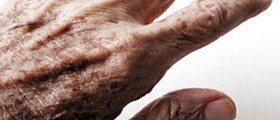



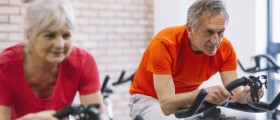

-When-You-Have-Parkinson's-Disease_f_280x120.jpg)
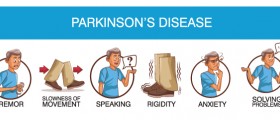

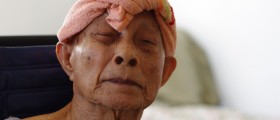
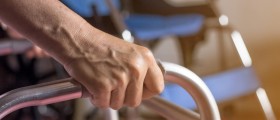


Your thoughts on this
Loading...